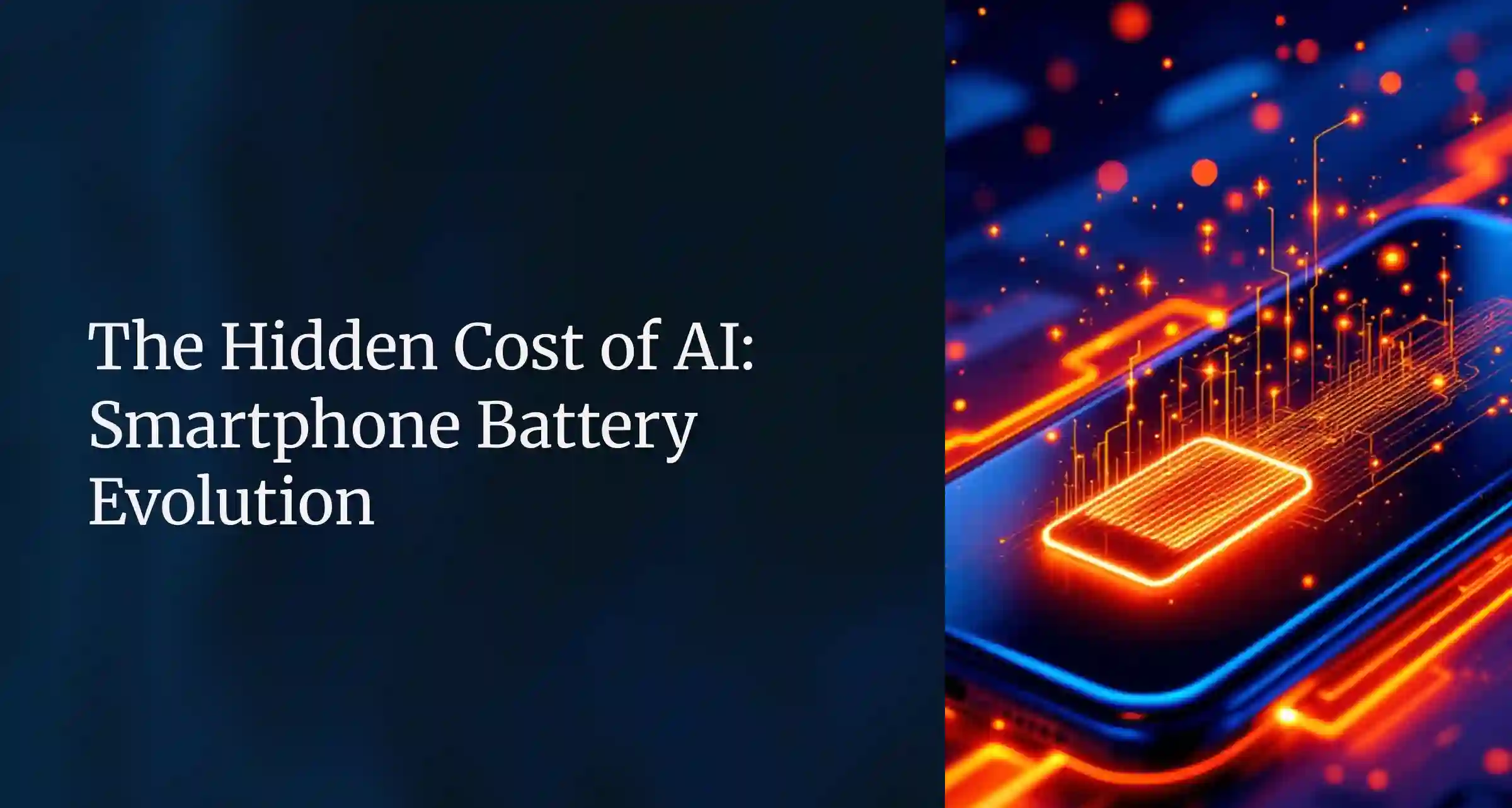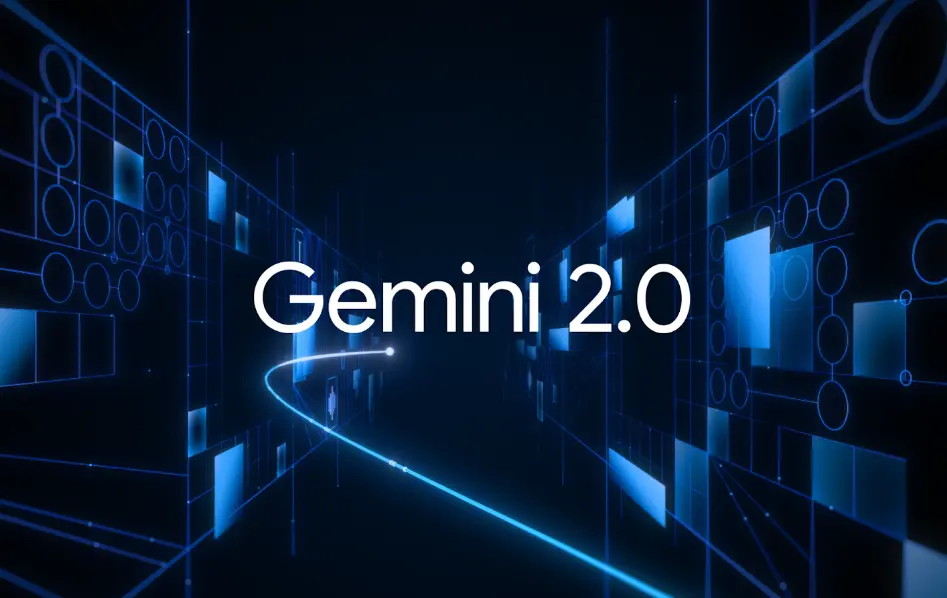Smartphone Batteries and Artificial Intelligence
Smartphone batteries are increasing capacity to meet AI energy consumption, not to improve autonomy. Companies are migrating towards local AI, but this leads to significant battery drain.

Smartphone batteries are increasing their capacity, not to provide greater autonomy to users, but to meet the growing energy consumption of artificial intelligence (AI). Recently, devices like the iPhone 16e and Pixel 9a have seen an increase in battery capacity. For example, the Pixel 9a has a 5100 mAh battery, which required a redesign of the device to maintain a slim profile. Apple has also increased the battery capacity of the iPhone 16e, claiming it is 25% larger than that of the iPhone 13, but without providing specific details. This increase in capacity is not just a matter of efficiency, but also a response to the energy needs of AI.
In recent years, smartphone manufacturers have adopted high-density batteries, with capacities ranging from 5600 mAh to over 6200 mAh. This trend is not motivated by a search for greater user autonomy, but by the need to power AI features that require more energy. Currently, many AI functionalities are managed via the cloud, but companies are looking to shift part of this workload onto the devices themselves. This is also due to the need to justify the use of increasingly powerful processors, such as those from Qualcomm.
Local AI consumes energy quickly. AI models must be allocated in memory and, in many cases, need to remain resident. Furthermore, many of these models use the GPU, which consumes more battery than the NPU. This leads to a significant drop in battery life during the use of AI applications. For instance, users have noticed rapid battery drain when using Apple Intelligence, even with the Apple Silicon processor, known for its efficiency. During the use of features like Genmoji or Image Playground, the battery percentage can drop quickly, highlighting the energy cost of AI processing.
Companies are therefore increasing battery capacity to prepare for this surge in energy consumption. Apple, for example, is facing difficulties with its voice assistant Siri, which has been postponed. Despite the available resources, Apple is struggling to develop an AI model that works efficiently and does not quickly drain the battery. The challenge lies in balancing response accuracy, memory consumption, and energy consumption. Greater accuracy requires more memory and leads to higher battery consumption, which can slow down responses. Companies must find a balance between performance and battery life to ensure a satisfactory user experience.




